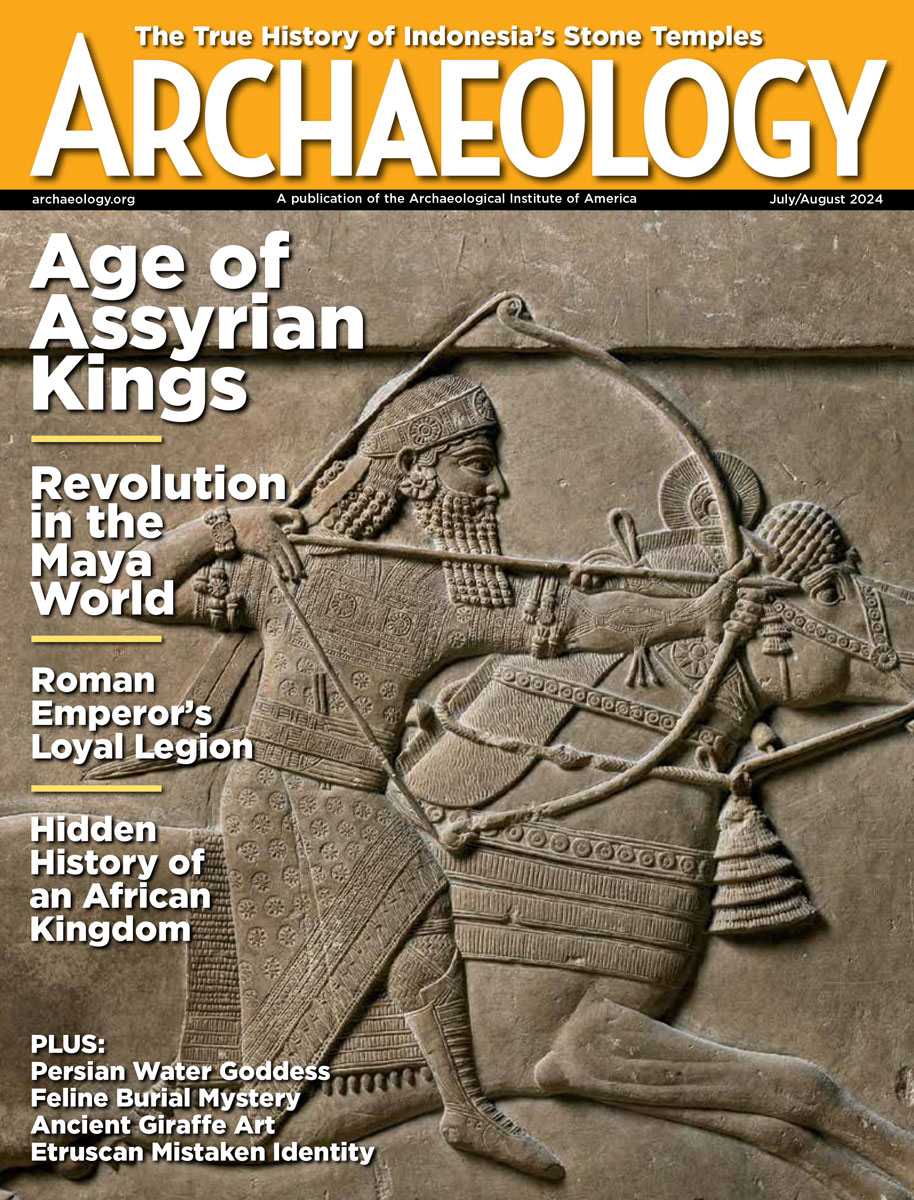Tuesday, April 15
April 15, 2008
Five sets of human remains were uncovered by workers repairing a septic tank at the Guam National Wildlife Refuge headquarters. The bones are thought to have been buried prior to Magellan’s landing on the island in 1521.
What happens when a small college in Ohio goes out of business? Its small collection of Babylonian antiquities gets listed as an asset. Â
Two gold coins bearing the image of Valens, who ruled the Eastern Roman Empire from 364 to 378 A.D., were found in Egypt’s Sinai Peninsula. Â
Long-distance fishing and the trade in dried cod began at the end of the first millennium A.D., according to an analysis of cod bones from archaeological sites across Northern Europe. “The emergence of commercial fishing represents a watershed in the intensity of human use of the sea. It is central to an understanding of economic history,” the international research team reported in the Journal of Archaeological Science. Â
Reinvestigation of the tomb of Seti I in the Valley of the Kings has revealed a quartzite Ushabti figure and cartouche belonging to the pharaoh. Â
A Turkish diver discovered a 3,000-year-old stone anchor off the port of Kyrenia in northern Cyprus. Â
This article features photographs of two Roman sculptures recovered by Italian police last week. One of the carvings is a rare portrait of Lucius Verus, the other depicts Faustina, wife of Emperor Antoninus Pius.
- Comments Off on Tuesday, April 15
Monday, April 14
April 14, 2008
Police in Spain have arrested 20 people for looting archaeological and paleontological sites.
Last week it was reported that metopes from the Parthenon would be removed for cleaning. This article from the AFP states that their removal has only been proposed by Acropolis site supervisor Alexandros Mantis to Greece’s archaeological council. “Mr. Mantis has stated his position but the archaeological council has not ruled on the issue,” said archaeologist Maria Ioannidou, who heads the Acropolis restoration project. Â
Peru’s inventory team says that there are ten times as many Machu Picchu artifacts at Yale University than previously thought. “Counting is complicated. Do you count lots or do you count every piece?” responds archaeologist Richard Burger in the Yale Daily News. Â
Meanwhile, in Bangladesh, archaeologists have waited 21 years for the Chalan Beel Museum to be built, while pots, plaques, coins, statues, and manuscripts sit on the floor of college classrooms. Â
A concentration camp where African civilians were imprisoned during the Boer War has been discovered on a farm outside Kimberley, South Africa. “We couldn’t believe it. We had searched for so long and the area was so vast,” said researcher Garth Benneyworth. Â
The search for Angola, a free black community in Florida in the early nineteenth century, continues. Â
Two graves in the ancient village of Tayata, Mexico, indicate that the Mixtecs began cremating their elite as early as 3,000 years ago. Â
British archaeologist John Curtis recounts his time in Iraq immediately following the plundering of the Iraq Museum. Â
Here’s the CT scan of the baby mammoth, Lyuba, created by Japanese scientists at a Tokyo medical school.  Â
It’s not a Roman curse tablet, but a construction worker buried something intended to jinx the Yankees’ new stadium.
- Comments Off on Monday, April 14









